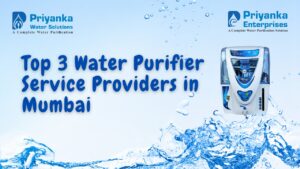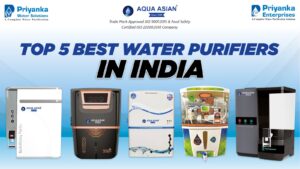Clean drinking water isn’t a luxury—it’s a necessity. Whether you live in a bustling city or a rural town, ensuring that the water you consume is safe and pure is crucial for your family’s health. That’s where water purifying machines come in. But with a wide variety of models, technologies, and brands available, choosing the right one can feel overwhelming.
To help you make an informed decision, here are the key factors you must consider before purchasing a water purifying machine.
1. Understand Your Water Quality
The first step in choosing the right purifier is understanding the quality of your tap water. Is it hard or soft? Does it come from a municipal source, a borewell, or a natural source like a river? You can get your water tested or use a TDS (Total Dissolved Solids) meter.
- Low TDS (<200 ppm): UV or UF purifiers are sufficient.
- High TDS (>200 ppm): RO purifiers are recommended to remove excess salts, metals, and other impurities.
2. Choose the Right Purification Technology
There are several purification technologies available, and each one serves a different purpose:
- RO (Reverse Osmosis): Ideal for high TDS water. Removes dissolved salts, heavy metals, and microbial contaminants.
- UV (Ultraviolet): Effective against bacteria and viruses, but doesn’t remove dissolved impurities.
- UF (Ultrafiltration): Works without electricity and filters out bacteria and cysts, but not dissolved salts.
- Carbon Filters: Great for improving taste and removing chlorine.
Many modern purifiers combine these technologies (e.g., RO+UV+UF) to offer comprehensive purification.
3. Storage Capacity and Flow Rate
Think about your daily water consumption. A purifier with a higher storage tank (8–10 liters) is ideal for larger families, while a 5–7 liter tank may suffice for smaller households.
Additionally, the flow rate (liters per hour) matters—especially if you need purified water quickly during busy mornings.
4. Maintenance and Filter Replacement
Every purifier requires periodic maintenance. Filters need to be changed regularly—usually every 6 to 12 months, depending on usage and water quality.
Before buying, check:
- Availability of spare parts
- Ease of servicing
- After-sales support in your area
Opt for brands that offer AMC (Annual Maintenance Contracts) to avoid hassle later.




